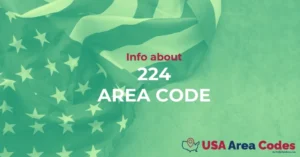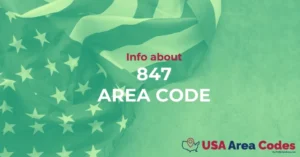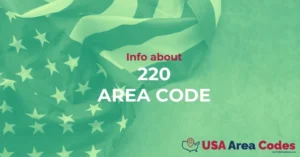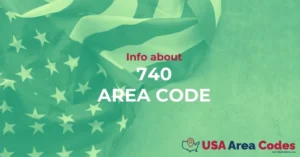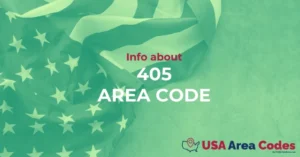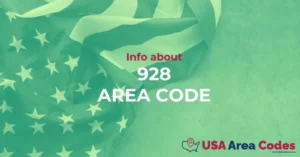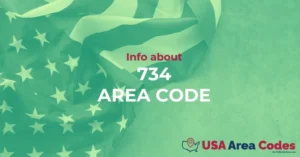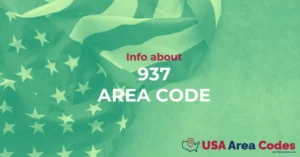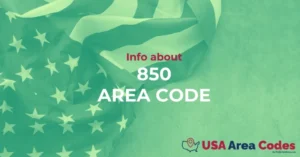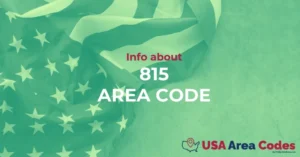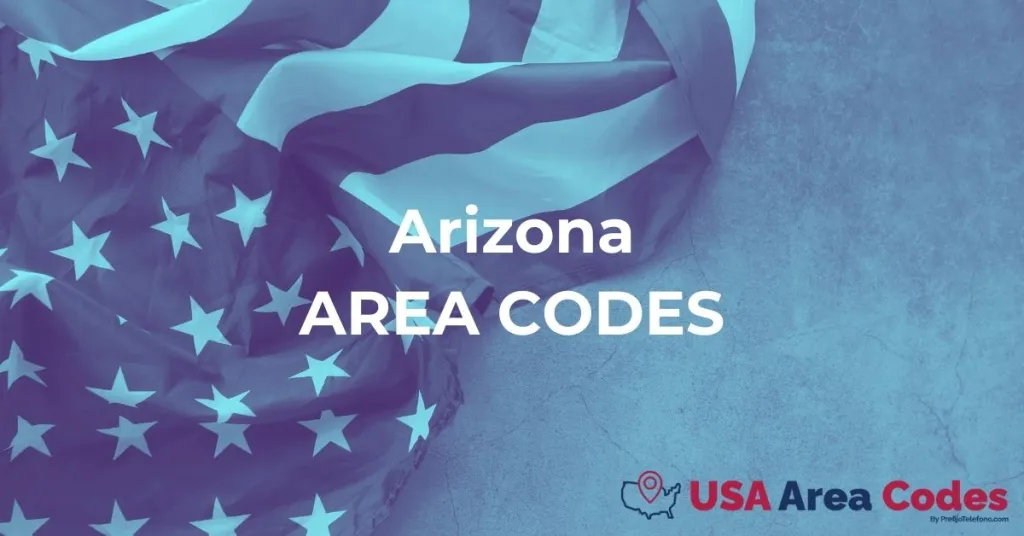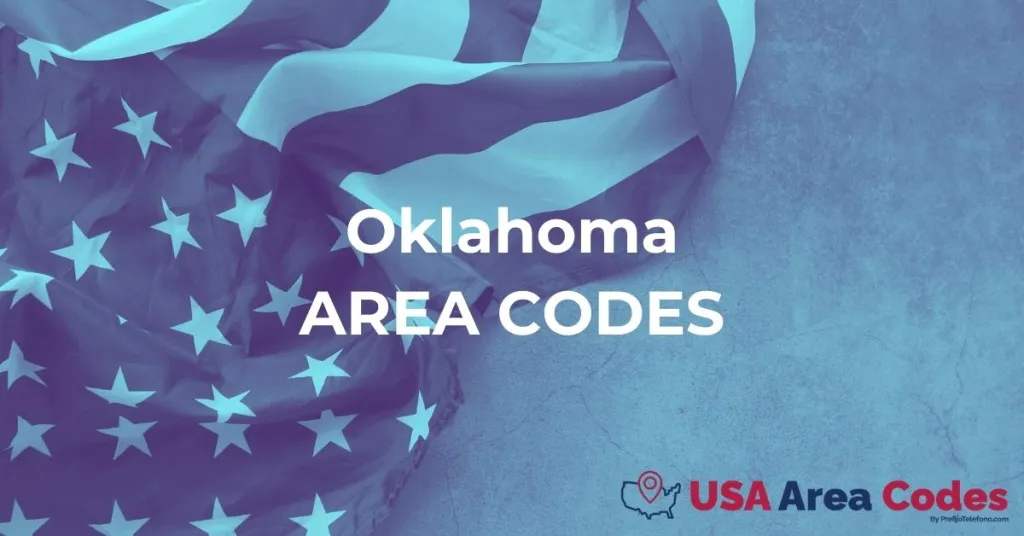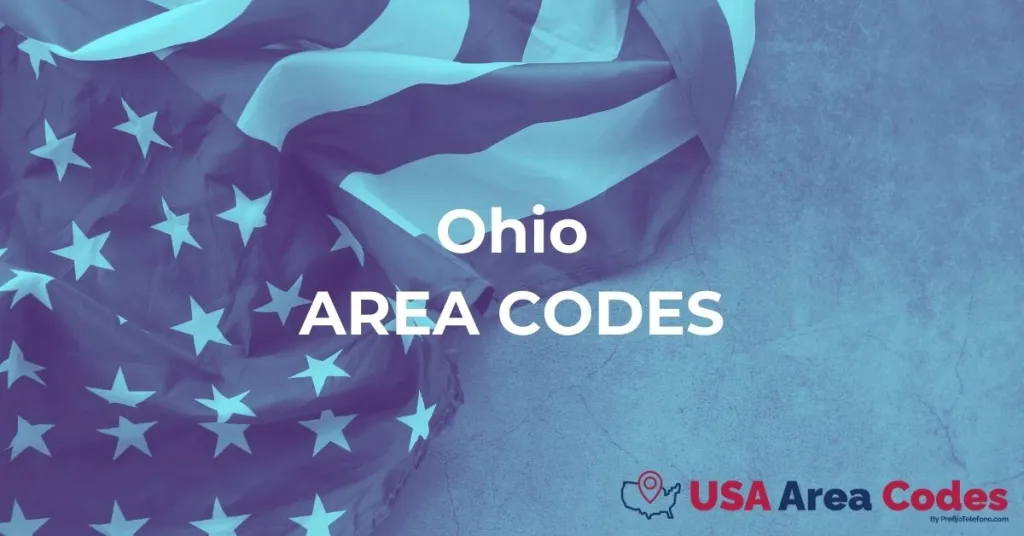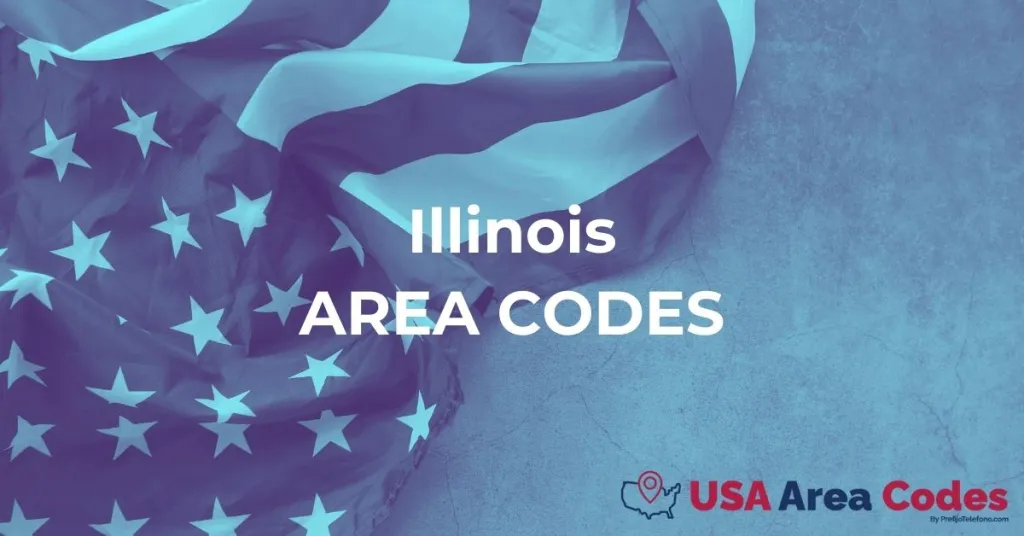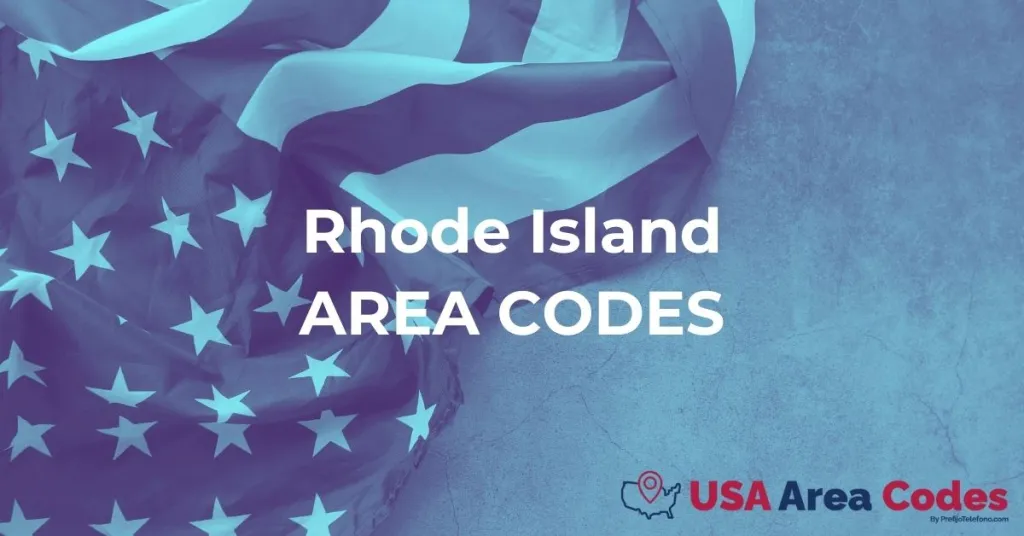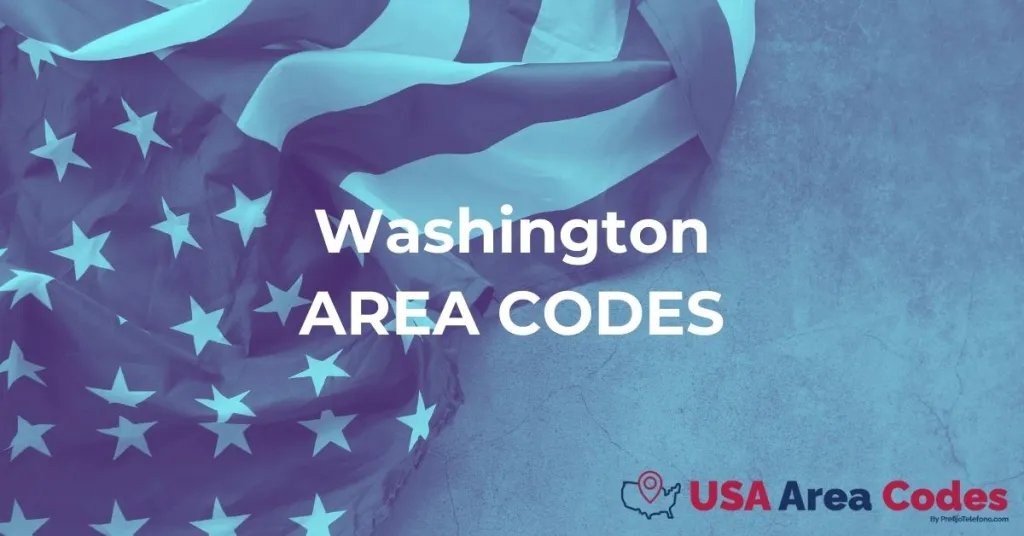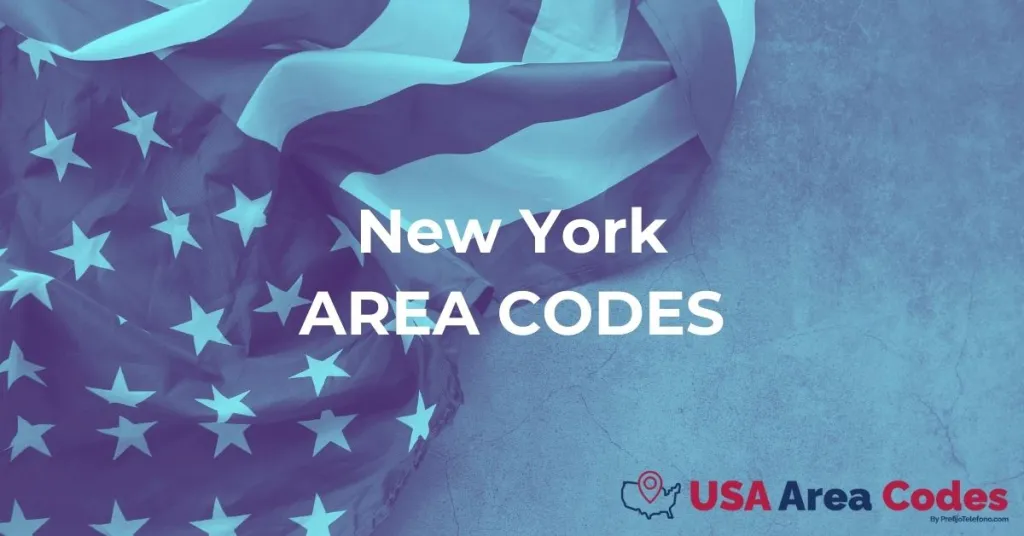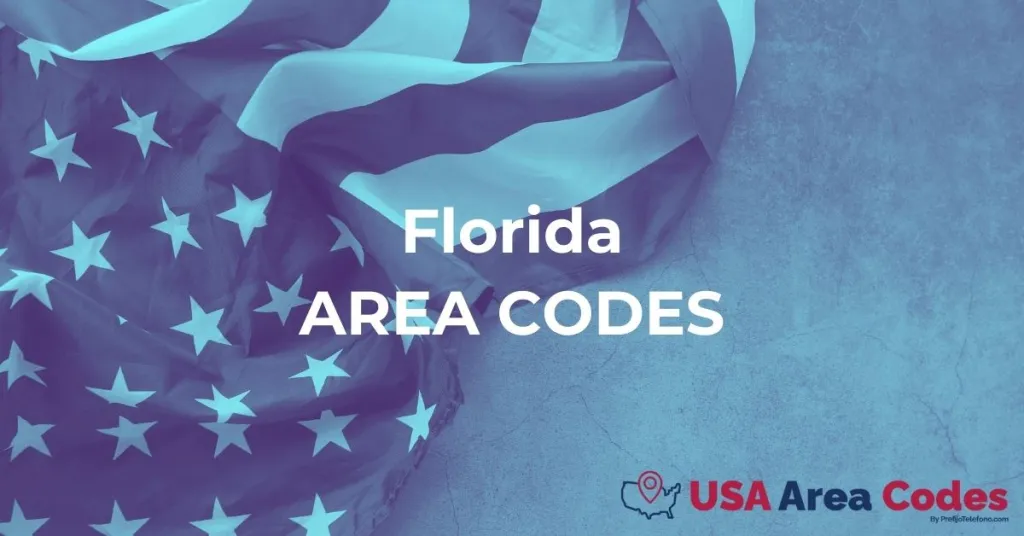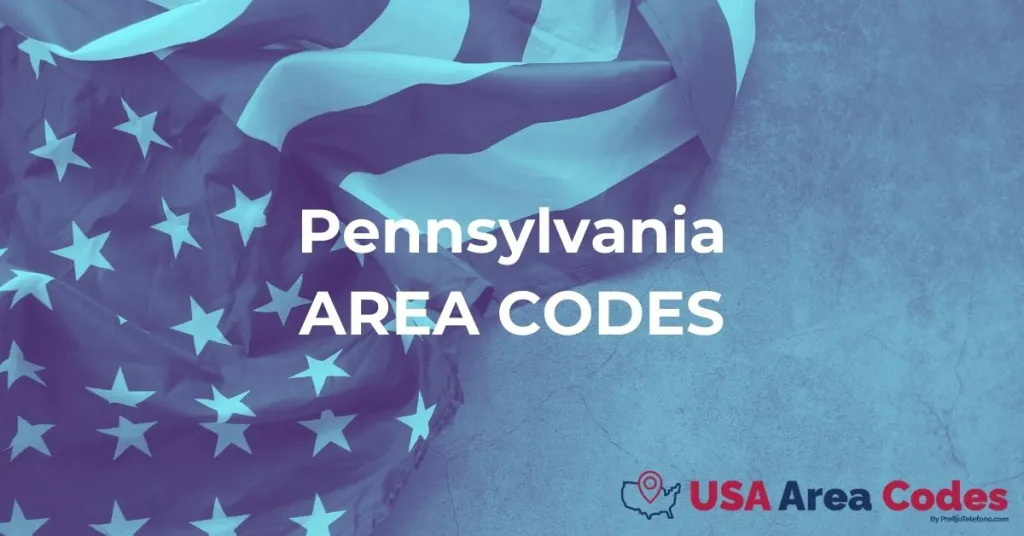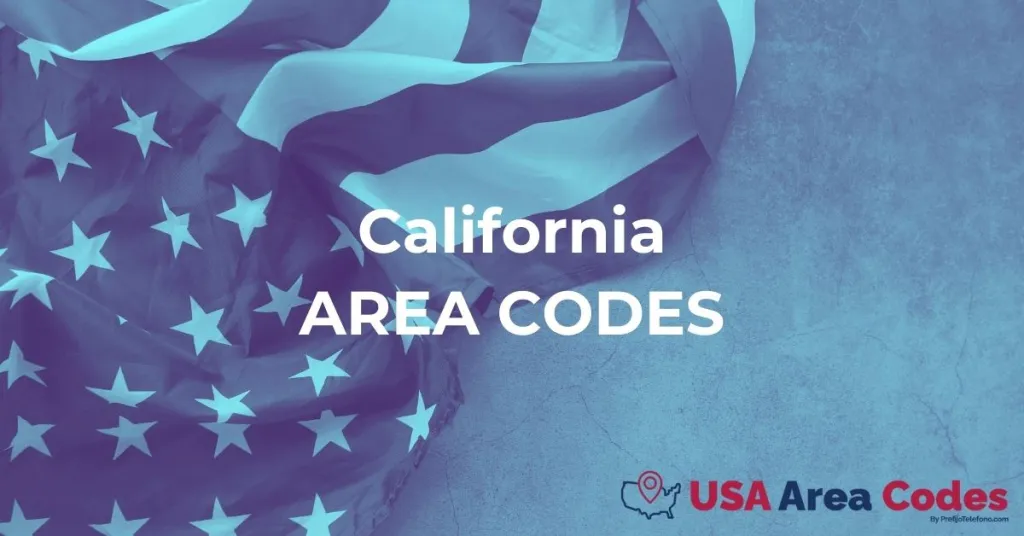Maryland is served by several area codes that reflect its diverse regions and population dynamics. The state originally adopted the 301 area code in 1947, which predominantly covers the western and central portions, including the capital, Annapolis, and the Baltimore metropolitan area. In response to increasing demand for phone numbers, Maryland introduced a second area code, 410, in 1990, which encompasses areas on the Eastern Shore and parts of the Baltimore region. As population growth and telecommunications advancements continued, the 240 area code was created as an overlay for the 301 region in 1997, further accommodating the need for additional numbers.
As of the most recent census, Maryland has a population of approximately 6 million residents, contributing to a robust telecommunications network that supports both urban and rural communities. The presence of high-tech industries and close proximity to Washington, D.C., has shaped the state’s communication needs and infrastructure.
Additionally, local telecommunications services in Maryland reflect a blend of traditional landline providers and modern mobile networks, addressing the varied connectivity requirements of its population. Unique to Maryland's area codes is the coexistence of multiple overlays, which helps alleviate pressure on existing numbering resources while ensuring that all residents maintain access to essential communication services. Overall, Maryland’s area codes illustrate the evolution of telecommunications within the state, effectively accommodating its growth and technological advancements.

